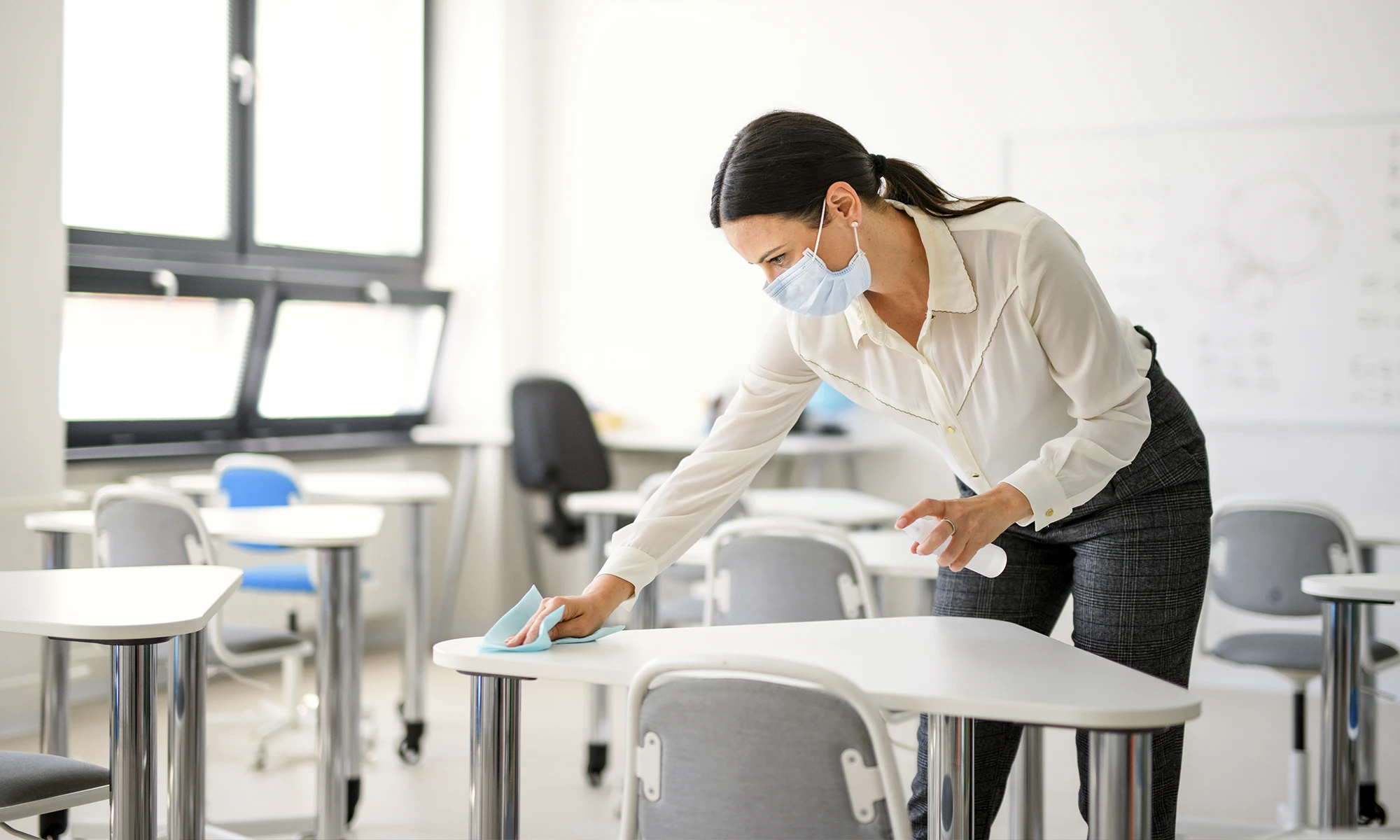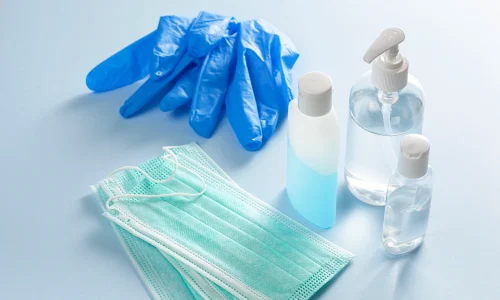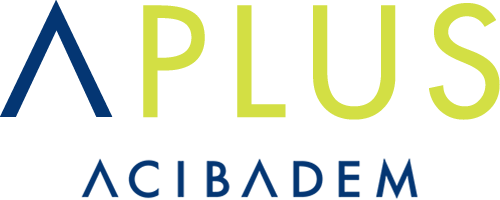As the transition to the new normal continues, schools reopening marks the start of a new phase. Cleaning, a critical measure in the fight against COVID-19, is now a primary focus in school settings. Questions surrounding school cleaning standards, whether precautions are sufficient, and students’ adaptation to these changes are on everyone’s minds.
Facility management companies serving schools have implemented measures based on the Health Ministry’s guidance on school cleaning and required precautions.
What Precautions Should Be Taken in Schools?
- The first priority is to increase the frequency of cleaning. Reducing contact surfaces and cleaning these areas on a regular schedule is essential.
- All doors and windows should be made operable, with a system in place to allow frequent ventilation of the building throughout the day.
- Trash bins should be pedal-operated and covered. In addition, restroom faucets, towel dispensers, and soap dispensers should be converted to sensor-operated where possible.
- School entrances should be equipped with either pedal-operated or automatic disinfectant stations, along with hygiene mats where appropriate.
- Shared appliances such as water dispensers should be removed from school premises.
- Throughout the pandemic, consistent cleaning of frequently touched surfaces like door handles, railings, light switches, window handles, and elevators remains critical in schools.
- Usage instructions for school locker rooms should be revised to ensure limited occupancy at any one time.
- All equipment in sports facilities should be disinfected after each use and prepared for the next.
Precautions for School Transport Vehicles:
In addition to school buildings, measures are also being taken for school transportation:
Passengers without masks will not be permitted on the bus. After each trip, door handles, seatback handles, seatbelt buckles, and other frequently touched areas are to be cleaned, with the vehicle’s interior vacuumed and sanitized.





